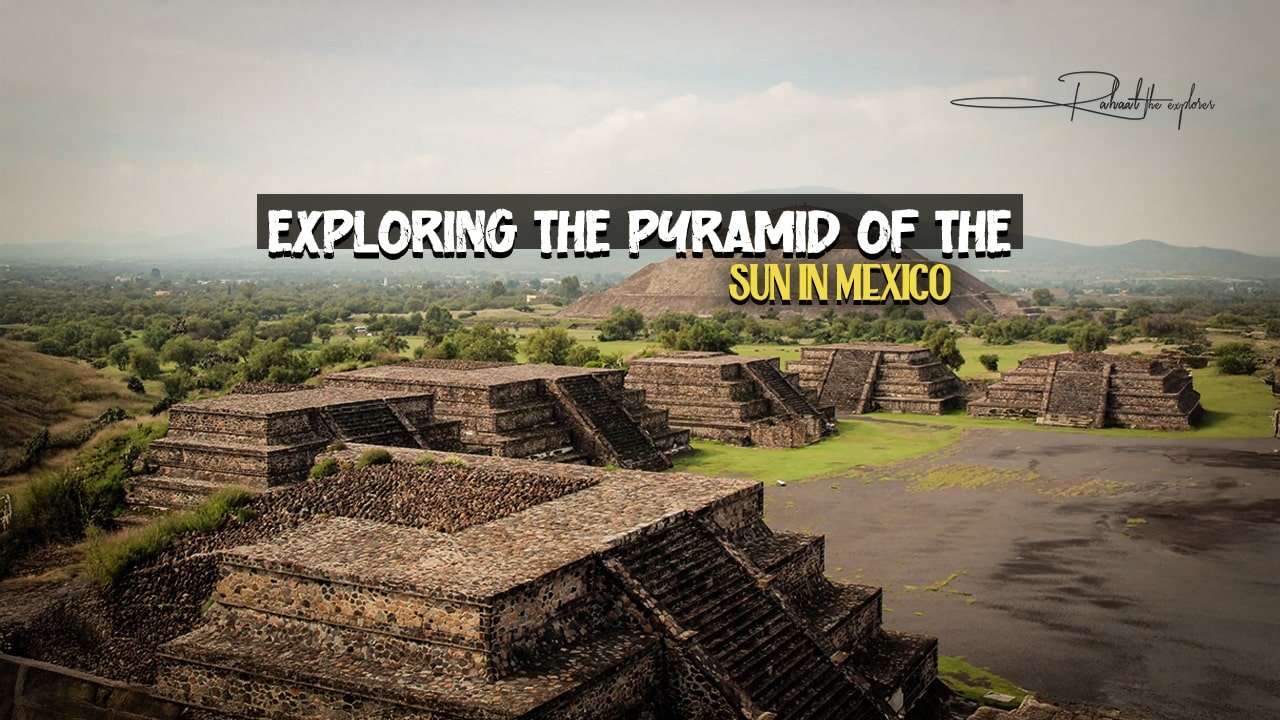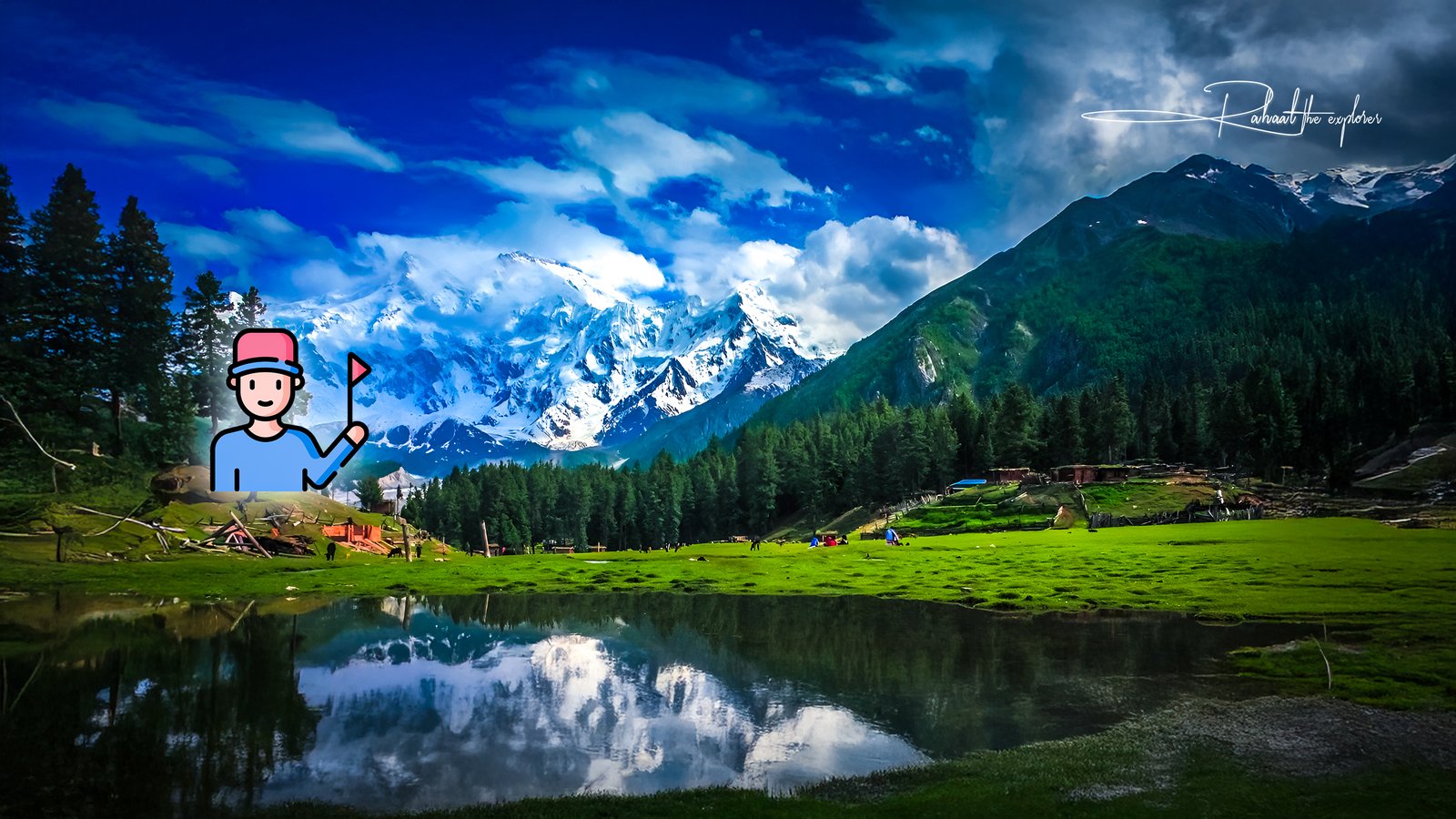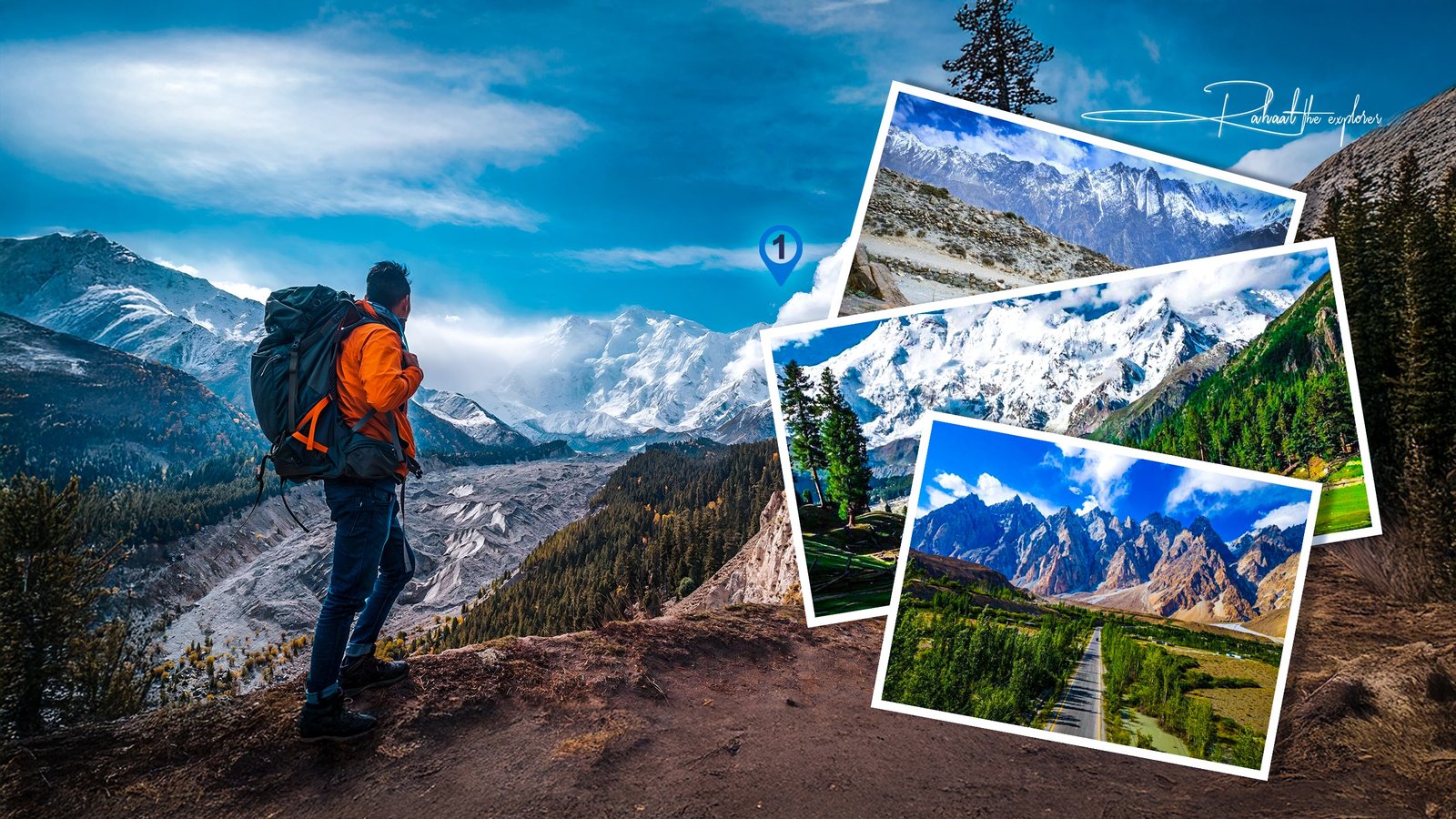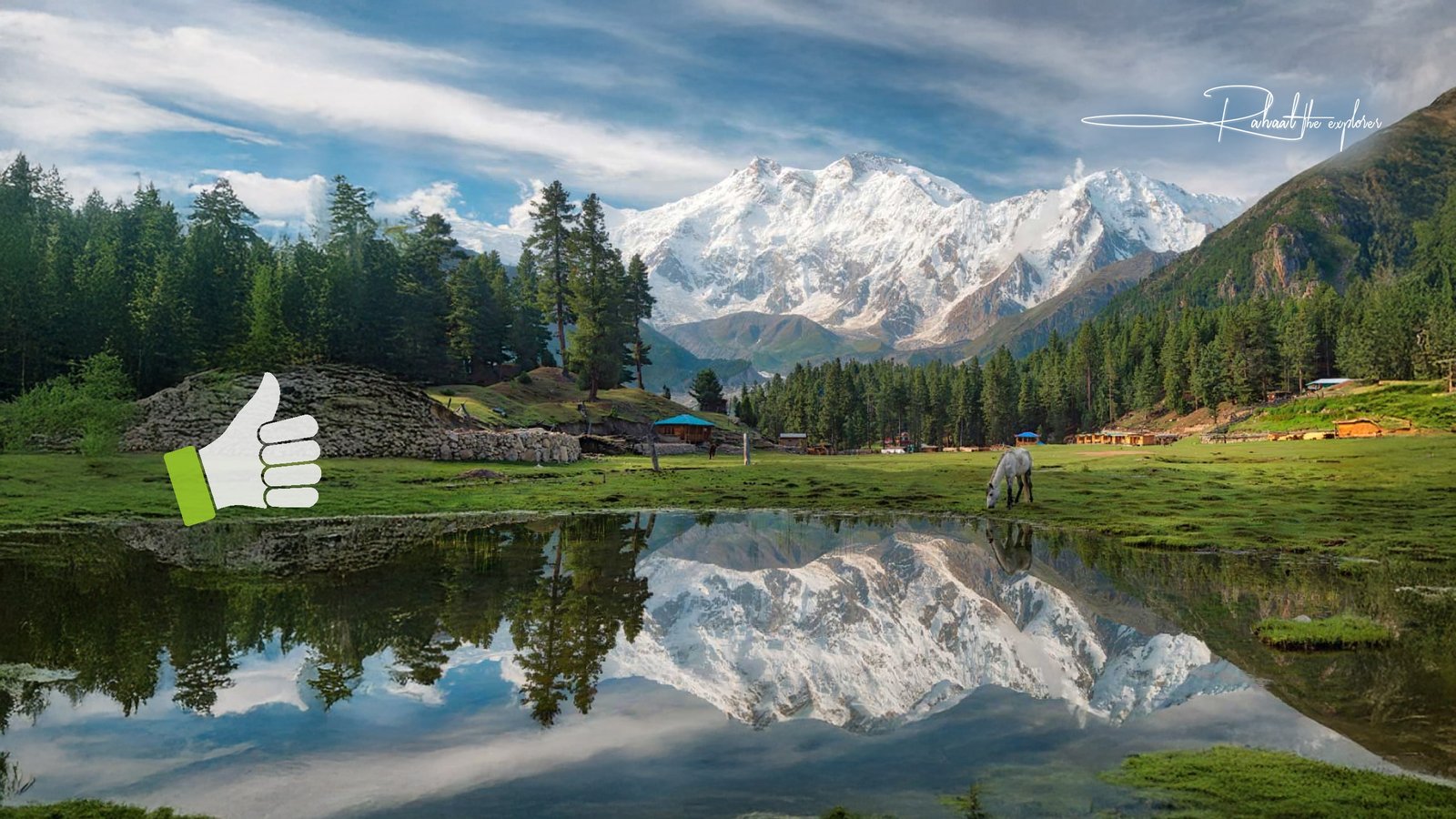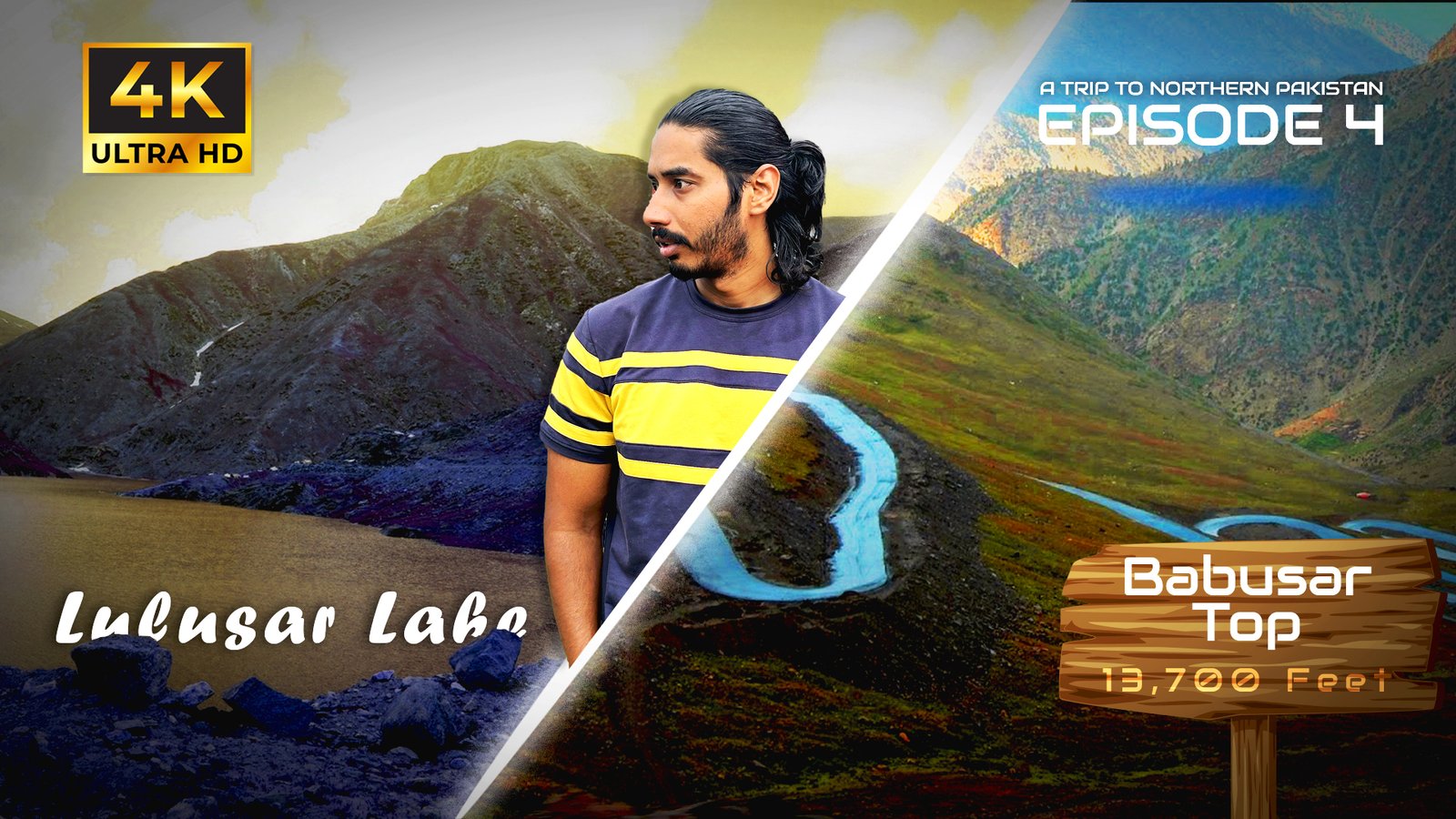Introduction
The Pyramid of the Sun in Mexico is one of the most awe-inspiring archaeological landmarks in the world. Located in the ancient city of Teotihuacan, just outside Mexico City, this massive structure attracts millions of travelers each year. Standing at over 200 feet tall, it is the largest pyramid in Teotihuacan and one of the largest in the world.
But the Pyramid of the Sun is more than just an architectural marvel—it is a place steeped in mystery, mythology, and cultural heritage. Built around 200 CE, its purpose is still debated by historians and archaeologists. Some believe it was dedicated to a sun deity, while others argue it was used for ceremonial rituals tied to astronomy.
This guide will walk you through everything you need to know about the Pyramid of the Sun, from its history and legends to travel tips and practical information for your visit.
The History of the Pyramid of the Sun
The Pyramid of the Sun was built during the peak of Teotihuacan’s influence, around 100–250 CE. At its height, Teotihuacan was one of the largest cities in the ancient world, home to more than 100,000 people.
- Construction: The pyramid is made of millions of tons of volcanic rock, adobe, and rubble.
- Design: It is aligned with celestial events, such as the sunset on certain days of the year, suggesting astronomical importance.
- Name Origins: Interestingly, the name “Pyramid of the Sun” was given by the Aztecs centuries after Teotihuacan’s decline. The original builders’ name for it remains unknown.
The pyramid sits along the Avenue of the Dead, a grand boulevard lined with temples and smaller pyramids. Together, they formed the heart of Teotihuacan’s religious and political life.
Legends and Mysteries of the Pyramid of the Sun
The Pyramid of the Sun is surrounded by fascinating myths:
- Aztec Beliefs: When the Aztecs discovered Teotihuacan centuries after it was abandoned, they believed it was the place where the gods gathered to create the sun and moon.
- Spiritual Energies: Modern visitors often describe the pyramid as a site of spiritual energy. Many believe it is a powerful place for meditation and renewal.
- The Caves Below: Archaeologists have discovered a cave system beneath the pyramid, possibly used for sacred rituals. Some theories suggest these caves symbolized the underworld and the origins of humanity.
Architecture of the Pyramid of the Sun
The pyramid is a masterpiece of ancient engineering.
- Height: Approximately 216 feet (66 meters).
- Base: Around 730 feet (225 meters) on each side.
- Steps: Originally, visitors could climb all 248 steps to the top, though climbing access is now restricted to preserve the structure.
- Alignment: Oriented toward the setting sun on specific dates, reflecting the builders’ advanced understanding of astronomy.
When you stand before it, the sheer size and precision of the construction are breathtaking.
Visiting the Pyramid of the Sun
How to Get There
The Pyramid of the Sun is located in Teotihuacan, about 30 miles (50 km) northeast of Mexico City.
- By Bus: Frequent buses run from Mexico City’s North Bus Terminal to Teotihuacan (about 1 hour).
- By Car: A quick 45–60 minute drive from central Mexico City.
- Guided Tours: Many tours include round-trip transport, a guide, and sometimes extras like traditional lunch or visits to craft workshops.
Best Time to Visit
- Morning: Arrive early (around 9 AM when the site opens) to avoid crowds and midday heat.
- Season: November to April offers cooler, drier weather.
Tickets and Entry
- Entrance Fee: Around 85 MXN (approx. $5 USD).
- Free entry on Sundays for Mexican citizens and residents.
- Tickets cover access to the entire archaeological zone, including the Pyramid of the Moon, the Temple of the Feathered Serpent, and museums on-site.
What to See Around the Pyramid of the Sun
While the Pyramid of the Sun is the highlight, Teotihuacan is full of fascinating sites:
- Pyramid of the Moon – Smaller but equally impressive, offering panoramic views of the Avenue of the Dead.
- Temple of the Feathered Serpent (Quetzalcoatl) – Known for its intricate stone carvings of serpent heads.
- Avenue of the Dead – The grand ceremonial avenue running through the city.
- Teotihuacan Museum – Exhibits artifacts, murals, and historical context.
Travel Tips for Visitors
- Wear Comfortable Shoes: You’ll be walking long distances over uneven terrain.
- Bring Water & Sunscreen: The site offers little shade.
- Respect the Monuments: Avoid climbing restricted areas to preserve the ruins.
- Hire a Guide: Local guides provide deep insight into the history and legends.
Photography Tips for the Pyramid of the Sun
The Pyramid of the Sun is one of the most photographed landmarks in Mexico.
- Golden Hour: Arrive early morning or late afternoon for soft lighting.
- Drone Photography: Restricted unless you obtain special permission.
- Best Angles: Capture the pyramid from the Avenue of the Dead or the Pyramid of the Moon for sweeping perspectives.
Cultural Significance Today
The Pyramid of the Sun is not just an archaeological treasure—it remains a living cultural symbol. It is a UNESCO World Heritage Site and attracts visitors from around the world seeking history, culture, and spiritual experiences. Festivals and cultural events occasionally take place here, celebrating the legacy of Mexico’s ancient civilizations.
FAQs about the Pyramid of the Sun
Q1: Can you climb the Pyramid of the Sun?
Access to climbing is currently restricted to protect the structure, but visitors can walk around the base and explore nearby areas.
Q2: How old is the Pyramid of the Sun?
It was built around 100–250 CE, making it nearly 2,000 years old.
Q3: Why was the Pyramid of the Sun built?
Its exact purpose is unknown, but it likely served religious, ceremonial, and astronomical functions.
Q4: How do I get to Teotihuacan from Mexico City?
You can take a bus from the North Bus Terminal, drive, or join a guided tour.
Q5: What is beneath the Pyramid of the Sun?
Archaeologists discovered caves and tunnels, possibly used for rituals connected to creation myths.
Conclusion
The Pyramid of the Sun is one of Mexico’s greatest treasures—a place where history, mystery, and cultural significance converge. Whether you are fascinated by ancient civilizations, drawn to spiritual energy, or simply amazed by human engineering, visiting the Pyramid of the Sun is an unforgettable journey.
As you stand in the shadow of this immense structure, you’re not only looking at an ancient pyramid—you’re gazing at the legacy of a civilization that continues to shape the cultural identity of Mexico today.
For any traveler, the Pyramid of the Sun in Teotihuacan is more than a destination—it’s an experience of wonder and discovery.


